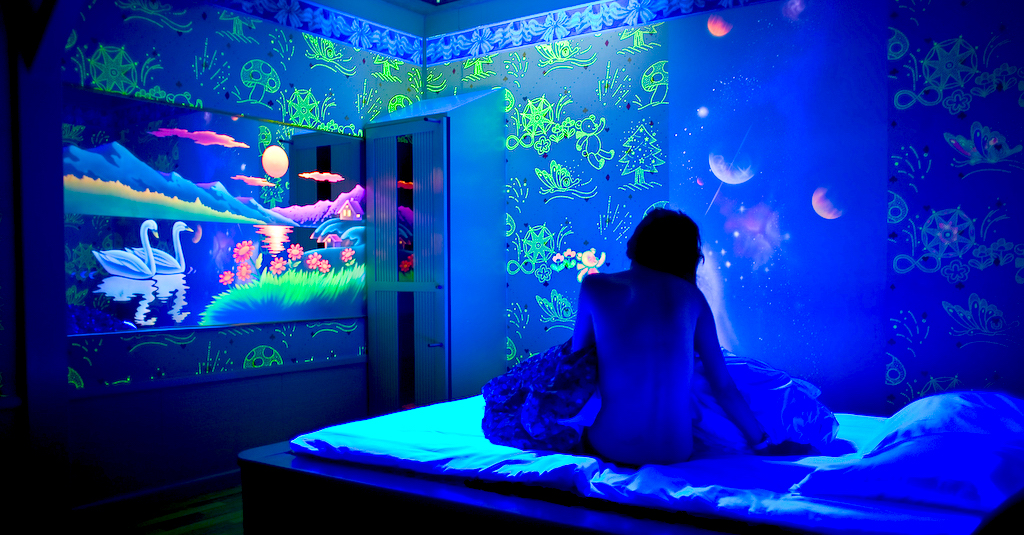The rise and fall of Japanese love hotels

Love Hotels are one of the centers of attraction in Japan, offering young couples, or couples in general, a private space to spend time. These hotels are called Tsurekomi inns, which can be translated as “take out” or “bring in”. They are designed to be a place for couples to spend some time together. 70 years ago, most families lived with grandparents and children, Japanese houses were often small, so there was no room for privacy. This situation has boosted demand for Tsurekomi hostels.
The history of the love hotel dates back to the 17th century, the beginning of the Edo period when the establishment was like a hotel or a tea house with different procedures for entry. mind or even in a secret tunnel for a discreet exit. were built in Edo and Kyoto. Modern love hotels developed from teahouses that are often used by prostitutes and their customers but also by lovers. was accepted, first for a simple family home with a few rooms for sale. These establishments first appeared around Ueno, Tokyo in part due to demand from the military, and expanded after 1958 when prostitution was decriminalized and the trade moved underground. The introduction of the automobile in the 1960s brought it a “motel” and expanded the concept. The type of Japanese houses at that time were small houses with a sleeping area used as a commonplace during the day, therefore, little space for parents to have sex in private. As a result, couples began to frequent the restaurant
People started using the modern term “love club” in the early 70s. There was a time when Tsurekomi went up after a large Japanese family that became part of the middle class. It is also that time when love for Hotels became negative. A love hotel is a type of Japanese company that rents out rooms by the hour to couples who want to stay away from home. Friendly hotels guarantee absolute discretion and aim to eliminate direct contact with the hosts. Traditionally, guests were locked in their rooms for the duration of their stay and only interacted with staff via screens or phones.
Love hotels exploded around the 1980s. They are about 30,000 in the 2000s, their lifetime. But about a thousand years ago, the romantic hotel began to decline and faced difficult times. Japan’s population is aging, which means that fewer young people may want to go to a love hotel. Meanwhile, love hotels are under political pressure to convert into tourist accommodations. The Tokyo Olympics, originally scheduled for 2020 but now postponed to next year, was the most recent vindication of those efforts. The global pandemic has virtually wiped-out international travel in 2020. Japan has closed its borders to most countries and has suffered a staggering 99% drop in the number of foreign visitors since April. Tourists may slowly return this year or in early 2021. And in times of public distraction, this type of romantic hotel may be surprisingly well-suited for health-conscious travellers.
Many romantic hotels have made major changes in the way they operate to operate as boutique hotels. Some have gone out of their way to have a first-look experience, and many have stopped the traditional practice of locking couples in their rooms until they invite the party. This will probably affect tourists who want sightseeing. Love hotels for sure have evolved from their initial stages to today and for sure are worth a try.
ASHUTOSH ANAND
B.sc (DATA SCIENCE)
IIT MADRAS





